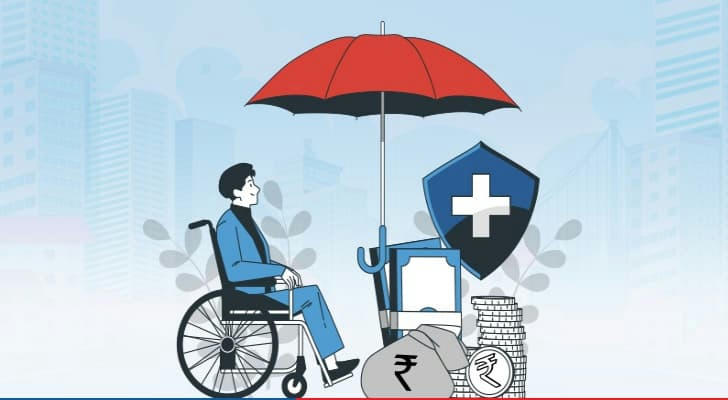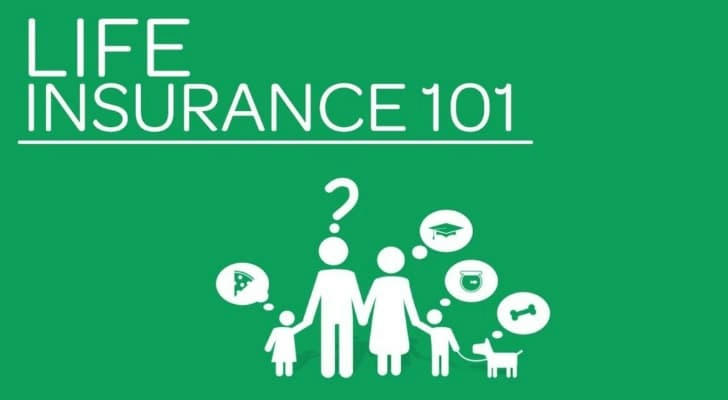Disability Insurance Insights: Safeguarding Your Future
Life can change in an instant. Whether it’s an unexpected illness, a sudden accident, or a long-term medical condition, losing the ability to work can have devastating financial consequences. That’s where disability insurance steps in — offering income protection when you're no longer able to earn due to health-related issues.
But how does it really work? Is it worth it? Who needs it most? Let’s break down the good, the bad, and the overlooked truths about disability insurance — with data, real-life examples, and tips to protect your financial future. 💼🛡️

✅ What is Disability Insurance?
Disability insurance provides partial income replacement if you become unable to work due to a physical or mental impairment. It comes in two main forms:
Short-Term Disability Insurance (STD):
Covers temporary disabilities (e.g., recovery from surgery, maternity leave)
Benefit period: Typically 3 to 6 months
Coverage starts within 1–14 days after a qualifying event
Long-Term Disability Insurance (LTD):
Covers longer-lasting or permanent disabilities
Benefit period: 2 years to retirement age
Elimination period: 60–180 days before benefits begin
📊 Stat Snapshot:
According to the Council for Disability Awareness, over 25% of today’s 20-year-olds will experience a disabling condition before reaching retirement. Yet, only 40% of working adults have disability insurance coverage.

💡 Why Disability Insurance Matters
1. Your Income is Your Most Valuable Asset
Let’s say you're 35 and earn $60,000/year. Over the next 30 years, you'd generate $1.8 million in income — more than any house or investment. Disability insurance protects that income stream.
2. Workplace Benefits Are Often Limited
Many people assume their employer provides enough coverage. But:
Only 39% of private industry workers have STD coverage
Just 33% have LTD coverage
(Source: U.S. Bureau of Labor Statistics, 2023)
In many cases, even employer-provided plans replace only 40–60% of your income — and that might be taxable.
📉 The Real Cost of Going Unprotected
Case Study: Michael’s Wake-Up Call 🚑
Michael, a 42-year-old construction supervisor in Ohio, suffered a spinal injury in a work-related accident. While workers’ compensation helped initially, his long-term recovery took over 18 months. He had no LTD insurance. After his savings dried up, he was forced to borrow against his home equity and eventually filed for bankruptcy.
His story isn't rare. Accidents and illnesses are leading causes of income loss. According to a Gen Re study, musculoskeletal disorders, cancer, and mental health were top causes of disability claims in 2022.

⚠️ The Bad: Misconceptions and Gaps
Despite its importance, disability insurance is often misunderstood or ignored. Here’s why:
❌ “I’m young and healthy. I don’t need it.”
Reality check: 90% of disabilities are caused by illness, not accidents. Chronic conditions like back pain, arthritis, or depression can affect anyone — not just older people.
❌ “Social Security will cover me.”
Truth: Social Security Disability Insurance (SSDI) has a strict definition of disability. Only 36% of applications were approved in 2022, and the average monthly benefit was $1,483 — often far below living expenses.
❌ “Worker’s compensation is enough.”
Wrong again. Workers’ comp only applies if the injury or illness is directly work-related. But most disabilities occur off the job — in fact, over 85%.
📊 Comparison Table: Understanding the Options
| Feature | Short-Term Disability | Long-Term Disability |
|---|---|---|
| Coverage Period | 3 – 6 months | 2 years to retirement age |
| Elimination Period | 0 – 14 days | 60 – 180 days |
| Monthly Benefit | 40% – 70% of income | 50% – 70% of income |
| Best for | Surgery recovery, maternity | Cancer, chronic illness, injury |
| Typical Source | Employer | Employer or individual policy |
| Taxation | Taxable if employer-paid | Usually tax-free if self-paid |
📎 What to Look For in a Policy
When choosing a disability insurance policy, consider the following:
1. Definition of Disability
Own Occupation: Covers you if you can't perform your specific job
Any Occupation: Requires inability to perform any suitable job
(Own occupation is better, but more expensive)
2. Benefit Amount
Choose a plan that replaces at least 60%–70% of your gross monthly income.
3. Elimination Period
How long must you wait before benefits start? The longer the wait, the lower the premium — but can you cover expenses in the meantime?
4. Benefit Period
Longer is better. A two-year policy may seem cheaper, but what happens if you’re out of work longer?
5. Non-Cancelable or Guaranteed Renewable
Ensure the insurer can’t change the terms or raise rates as long as you pay your premiums.

😕 Common Pitfalls and How to Avoid Them
🧾 Case Study: Emily’s Fine Print Surprise
Emily, a 29-year-old marketing consultant, thought she was covered. She had an LTD plan through her employer but never read the fine print. When she was diagnosed with severe anxiety and took leave, her claim was denied. The plan excluded mental health conditions unless hospitalized.
Takeaway: Always read exclusions, especially for mental health, pregnancy, or pre-existing conditions.
📈 Trends and the Growing Importance of Coverage
Gig economy workers and freelancers now make up over 36% of the U.S. workforce — most with no employer coverage.
AI-driven underwriting is making individual policies more affordable and faster to issue.
More states are exploring mandatory short-term disability programs, like those in New York and California.
🧠 Fact: According to LIMRA, only 20% of U.S. households own individual disability insurance. Yet, medical debt remains the #1 cause of personal bankruptcy.
🔐 Final Thoughts: Protect Your Most Valuable Asset
Whether you're a nurse, a teacher, an entrepreneur, or a truck driver — if you rely on your income to pay bills, save for retirement, or support your family, then disability insurance isn’t optional. It's essential.
✅ Key Reminders:
Illness, not accidents, is the most common cause of disability
Employer plans may be limited and often insufficient
SSDI and worker’s comp don’t guarantee approval or adequate benefits
Individual policies offer flexibility and better definitions of disability
📝 Review your current coverage. If gaps exist, consider getting quotes from multiple insurers, and work with a licensed advisor to compare terms and riders.
✨ Secure Tomorrow by Acting Today
The cost of waiting can be high — both financially and emotionally. Disability insurance isn’t about expecting the worst; it’s about being prepared if it happens.
In a world where everything is uncertain, protecting your ability to earn is one of the most strategic financial moves you can make. 🔒💰
